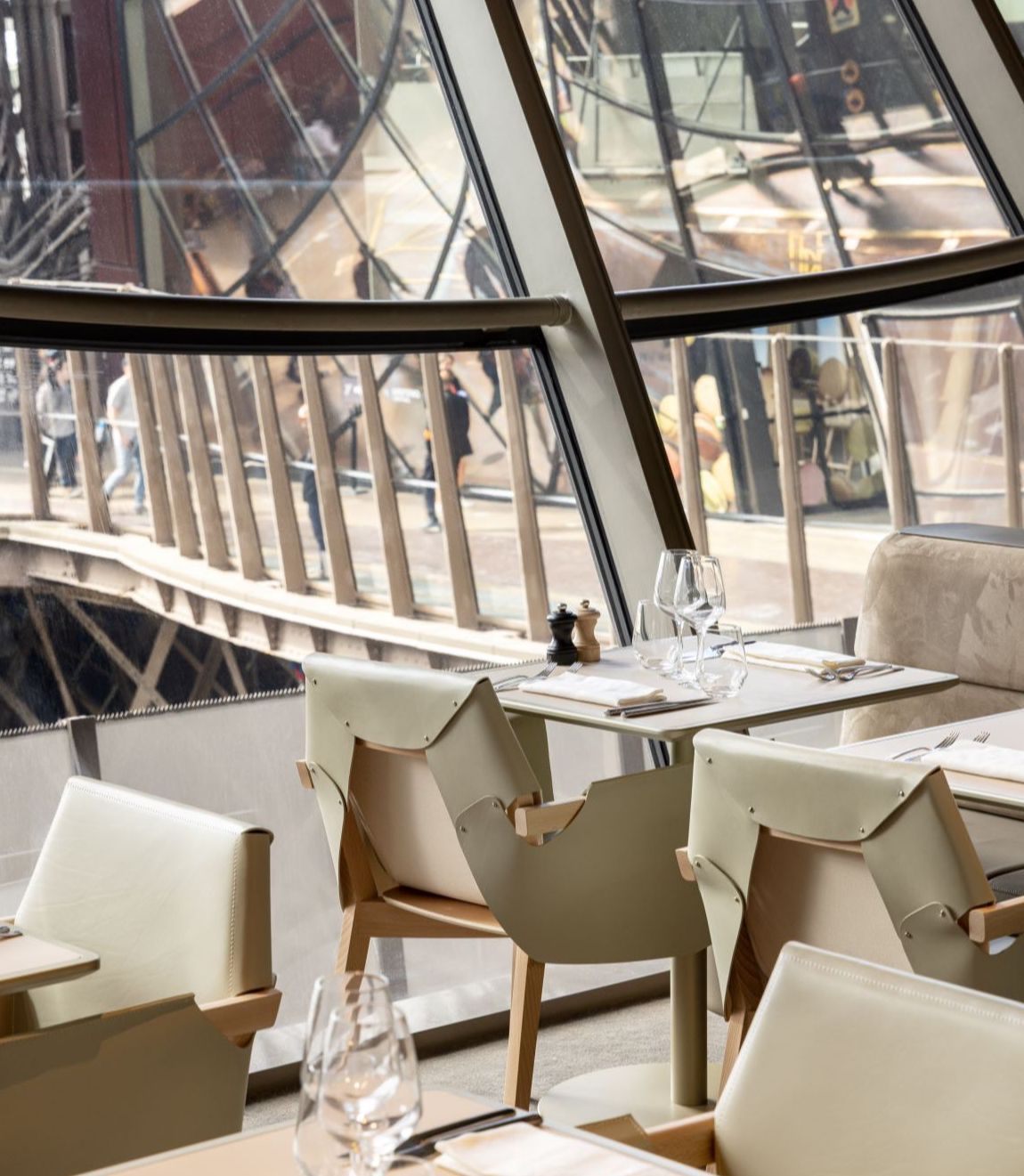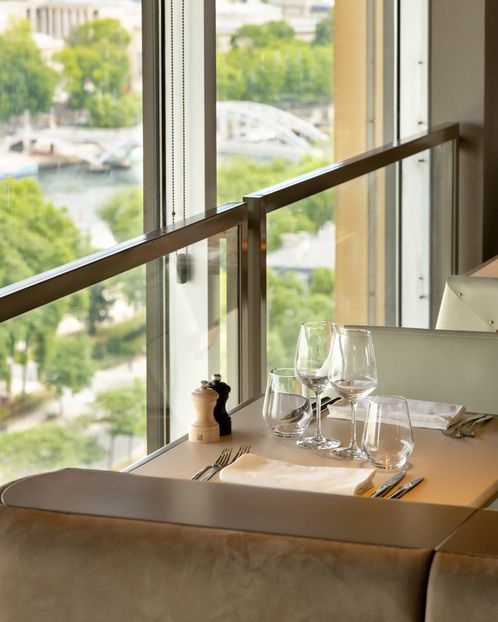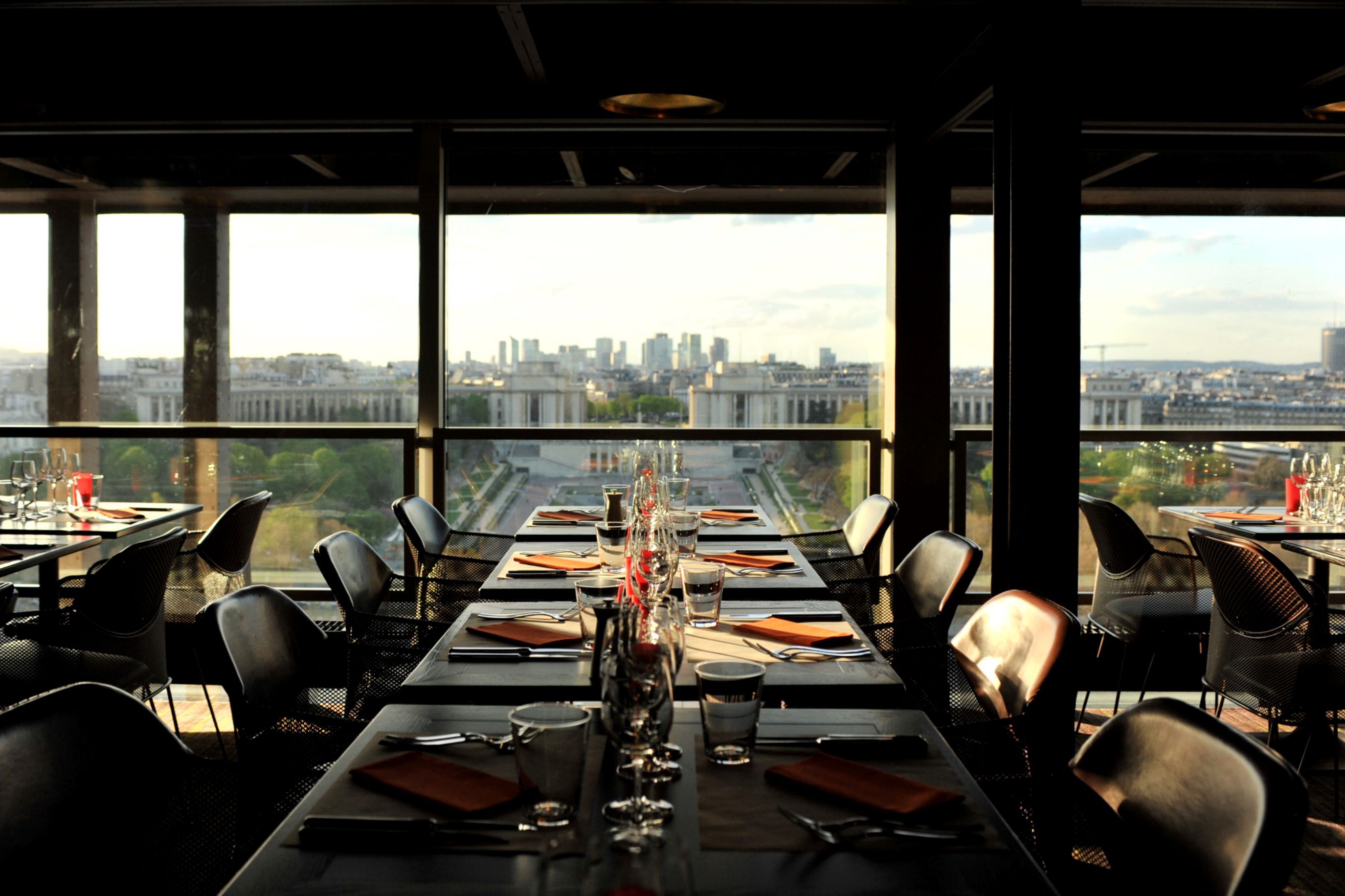Buttes Chaumont
The Parc des Buttes Chaumont is a public garden situated in the 19th district of Paris, in the Northeast of the capital. Created during the reign of Napoléon III and unveiled during the World Fair Exhibition of 1867, covering a total area of 25 hectares, it is one of the biggest gardens in Paris. Built over the quarries, it also has a very steep terrain, with 100 feet difference in altitude between the foot of the hill and the top. This landscape garden is one of Anglo-Chinese style and irregular design which compares more closely to countryside and painted depiction that it does to the regularity and pattern of a French-style garden. It is endowed with a 1.5 hectare lake with an island of around 4.1 square miles, called the Île de Belvédère, which is accessible by a stone bridge and a wooden suspension bridge that sits 213 feet above the water. At the top of the Temple hill, found on the island, is a charming kiosque, called the Temple of Sibylle, which is a further 100 feet high. The view from the top is a romantic one, looking out over Paris and Montmartre. The park has several waterfalls, of which the biggest is 105 feet tall and pours into the mouth of a cave. The gardens are home to a great variety of bird species, including blue tits, swallows and hawks. Life on the lake is also abundant; ducks and moor hens neighbour geese and swans. There are also countless species of trees, including a Japanese weeping pagoda tree and an oriental plane tree which was planted in 1862. Large and freely accessible lawns, numerous flower beds and the unusual open-air café, “Rosa Bonheur”, make this the garden a much loved place by tourists and Parisians alike. Nature lovers will enjoy a morning walk in the Buttes Chaumont, followed by an afternoon in the Giverny gardens with the famous Impressionist painter, Claude Monet.


